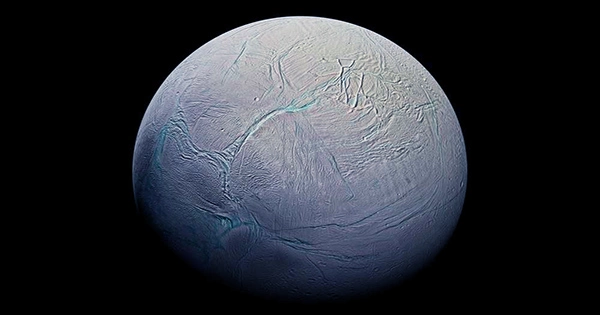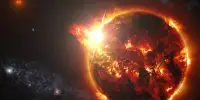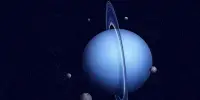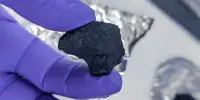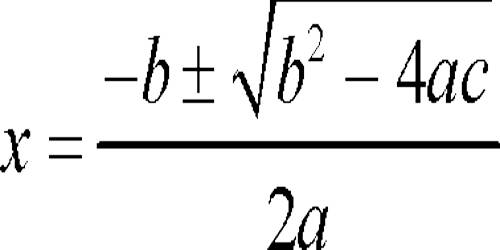Enceladus has quickly transformed from being merely another minor moon of Saturn to a key location for determining whether or not we are alone in the universe. Nobody believes that Enceladus could harbor intelligent life, but if it does, the presence of microorganisms would be strong proof that life is widespread and that, given the right conditions, it will “find a way.”
A human needs a vast range of elements to survive, but only five are necessary for all life on Earth: hydrogen, oxygen, carbon, nitrogen, and phosphorus. We know the first two elements on the list are abundant because Enceladus has an ocean of liquid water, some of which is escaping to space. This is what first attracted astrobiologists’ attention to the little moon.
The presence of nitrogen and carbon in Enceladus’ interior ocean is confirmed by the ammonia and methane ices in the moon’s plumes, and the presence of molten hydrogen suggests the availability of biologically usable energy. Regarding phosphorous, there have been some questions expressed. Although there may be alternative routes to life, the likelihood of self-replicating organisms would be much lower without phosphorus. Thankfully, a study published in the Proceedings of the National Academy of Sciences shows that phosphorus insufficiency is not expected to be a serious issue.
Dr. Christopher Glein of the Southwest Research Institute said in a statement that “in the years since NASA’s Cassini probe visited the Saturn system we have continually been blown away by the discoveries made possible by the collected data.”
Even though we’ve known about Europa’s internal ocean for a lot longer than we have Enceladus’, we know more about Europa’s composition than we do about Jupiter’s moon. That’s because we’ve had a chance to examine the plume that Enceladus’ geysers have produced. What we have discovered, according to Glein, is that the plume contains practically all of the essential elements needed for life as we know it. The exception is phosphorus, for which there is no clear indication of its presence.
Since phosphorus detection missions won’t be available for quite some time, Glein and co-authors looked for a more indirect technique to confirm its presence.
Enceladus is not completely submerged in liquid. We can infer from its density that it has a solid core that almost definitely contains all the elements that are abundant in the cosmos, including phosphorus. In order to evaluate if phosphate minerals in the rocks would be released into the ocean, the article models the interactions between the core and the ocean above. They discovered that the ideal combination of temperature, pressure and acidity made phosphates especially soluble, primarily in the form of orthophosphate (PO43-).
The presence of dissolved phosphorus, at quantities that are comparable to or even higher than those in current Earth seawater, is unavoidable due to the exquisite simplicity of the underlying geochemistry, according to Glein.
Enceladus may not be populated, but it is probably habitable; if we wanted to, we could probably plant seeds there. Since life cannot always exist in suitable worlds, its absence shows that life cannot always exist.
Unambiguously stated by Glein, “We need to return to Enceladus to see whether a habitable ocean is indeed populated.
